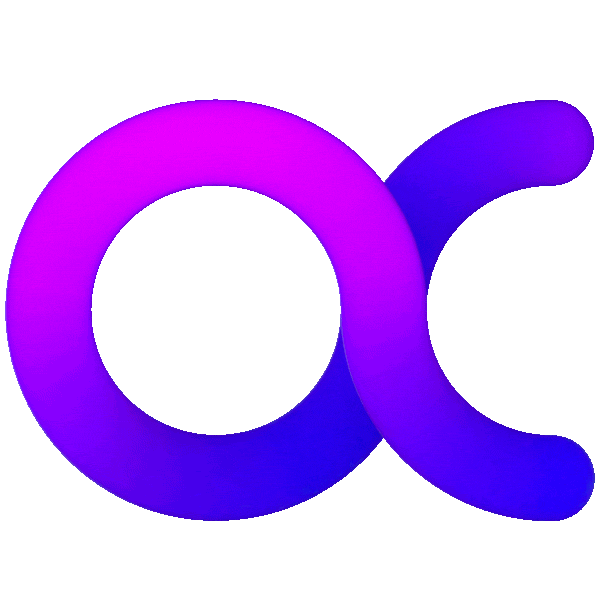Over-the-Top (OTT) advertising has been radically changed in just the few short years that Artificial Intelligence has come into widespread use. OTT advertising is considered to be that form of advertising which bypasses cable, network, and other forms of programming. Instead, it focuses on providing content directly to consumers, such as the many streaming services now in business. Streaming usage continues to grow each year, while the other forms of programming continue to slowly decline. So many people have preferred the streaming model over other kinds of television programming that it appears to be the future of the business at present. That being the case, advertisers have flocked to the OTT advertising paradigm, and are investing huge amounts in it. In this article, we’ll discuss some of the ways that OTT advertising is revolutionizing the industry, and why it will continue to gain even more advocates in the coming months and years.
Limiting interruptions
AI advertising has one special aspect that other forms of advertising can’t compete with – the AI algorithms can be used to predict when there might be spikes in program usage. This will allow programmers to take steps ahead of time to avoid any downtime when those spikes occur. Since predictive analytics can forecast when and where potential problems will occur, these can be avoided so there are fewer interruptions to viewing, and so customers have a better overall experience.
Personalized customer experiences
Research has shown clearly that when TV watchers cannot find something that appeals to them within 60 seconds, they will move on to the next possibility. It is now possible to monitor choices made by consumers so that similar options can be presented to them in the future, and they can have some realistic choices for viewing. It’s much easier to make such recommendations when AI software can evaluate past selections and provide alternatives that seem to be in that same line of viewing. From the customer’s point of view, options are constantly offered that might genuinely be appealing to the specific user.
AI speech recognition
More and more viewers are searching for TV programs and movies using a voice-based search, to avoid punching numerous buttons to navigate to a particular show. With advances being made all the time in AI voice recognition, the results provided by search software are much more in tune with past selections and are likely to be shows that interest the user. You can count on this trend continuing into the future since AI will become far more prevalent in analytics, overall production, and in viewing. As speech recognition grows in sophistication, you can expect it to be used in many of the supporting processes associated with making viewing selections.
OTT captioning
All content delivered to consumers over OTT platforms is obliged to adhere to industry standards with regard to the formats and languages offered. Both B2B OTT advertising and B2C OTT advertising currently make use of AI tools capable of reviewing and revising content transcribed from machines. This process is considerably faster and far more accurate than its predecessor, and that’s why you can expect more of it in the future. Transcripts and captions presented in a number of different languages can be a tricky prospect, but AI can handle the complexity with ease, so the consumer is completely unaware it’s even being used.
Complex research involving large amounts of data
Using artificial intelligence and machine learning completely removes the need for manual indexing. With AI, every second of film from a given video can be thoroughly analyzed, and this will eventually allow an entire scene to be cataloged in terms of the scene’s nature, screen elements, character emotions, and other aspects of the scene. Every spoken word in the scene can be analyzed as well, so that a very accurate index of the dialogue and associated timestamps can be recorded. This is far superior to the traditional manual approach, which was not only time-consuming but also very resource-intensive.
Intelligent encoding
Encoders can use AI to select the type of encoding most appropriate to the content itself, since all scenes in a given video may use much different compression levels. When encoding is optimized through artificial intelligence, it can significantly reduce the file size without sacrificing any of the quality of the video. Rather than manually choosing the best encoding for any given scene, machine learning can be used to automate the process and save tons of time. Sophisticated artificial intelligence algorithms are able to compare the actual content with known parameters for a specific media player so that the optimal playback quality can be used. By matching the bit rate to the available bandwidth, the absolute best quality of delivery can be achieved. This increases the user’s enjoyment of the experience and saves considerable time for the advertiser – which means everybody wins when using this approach.




